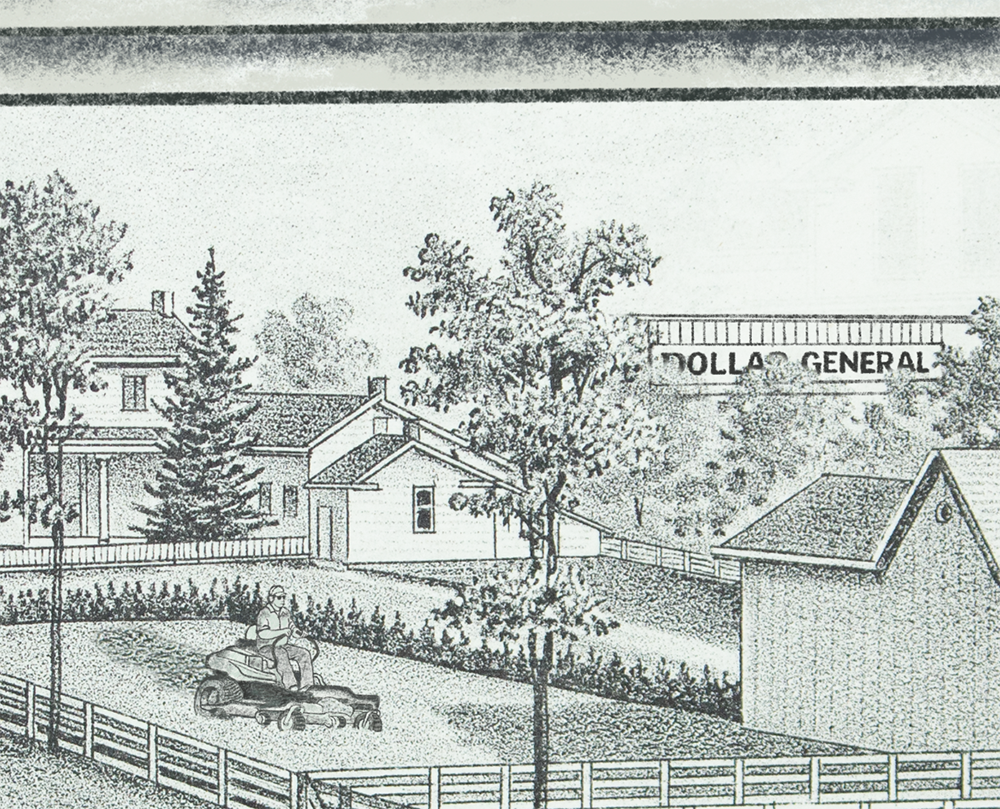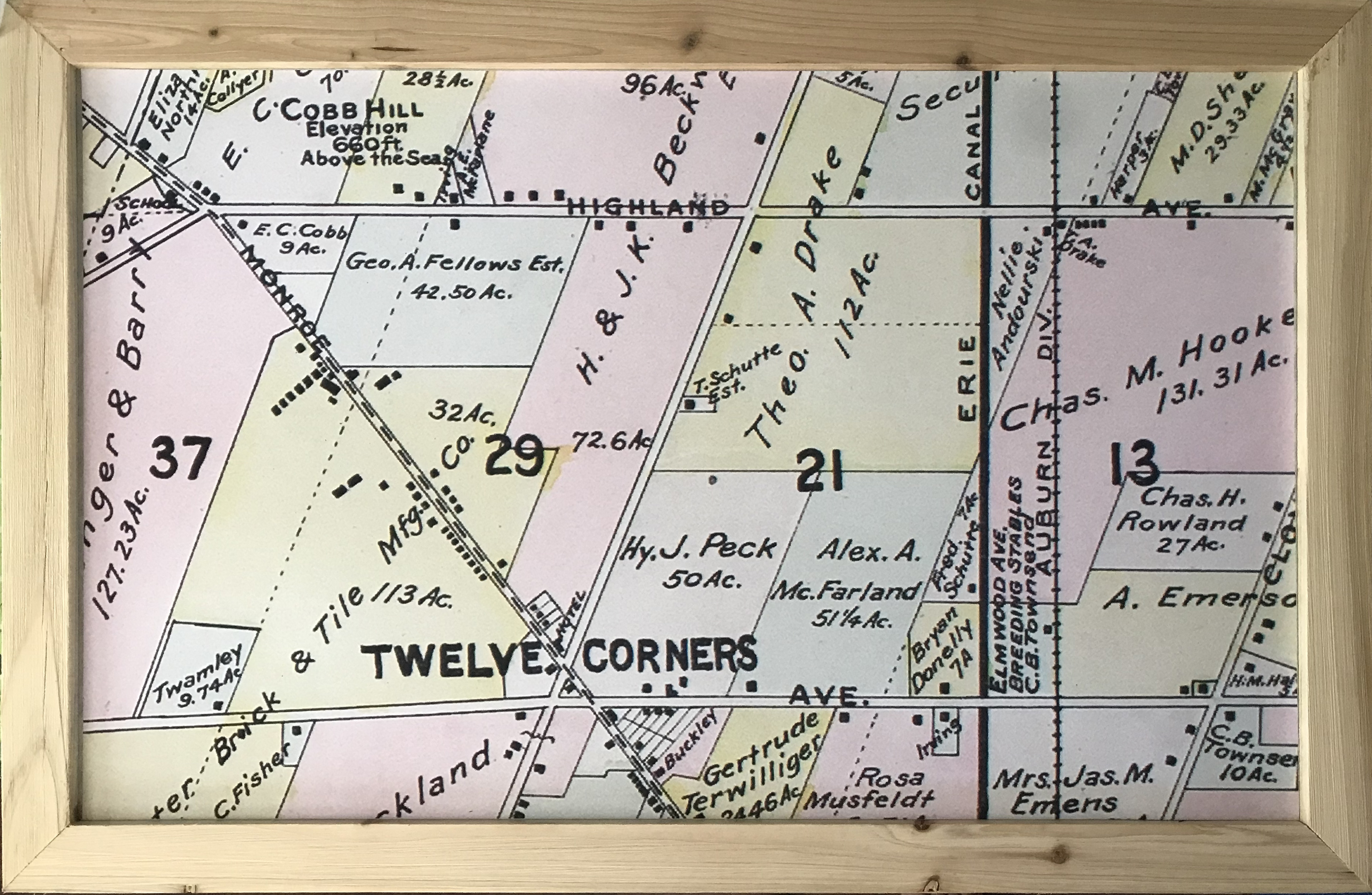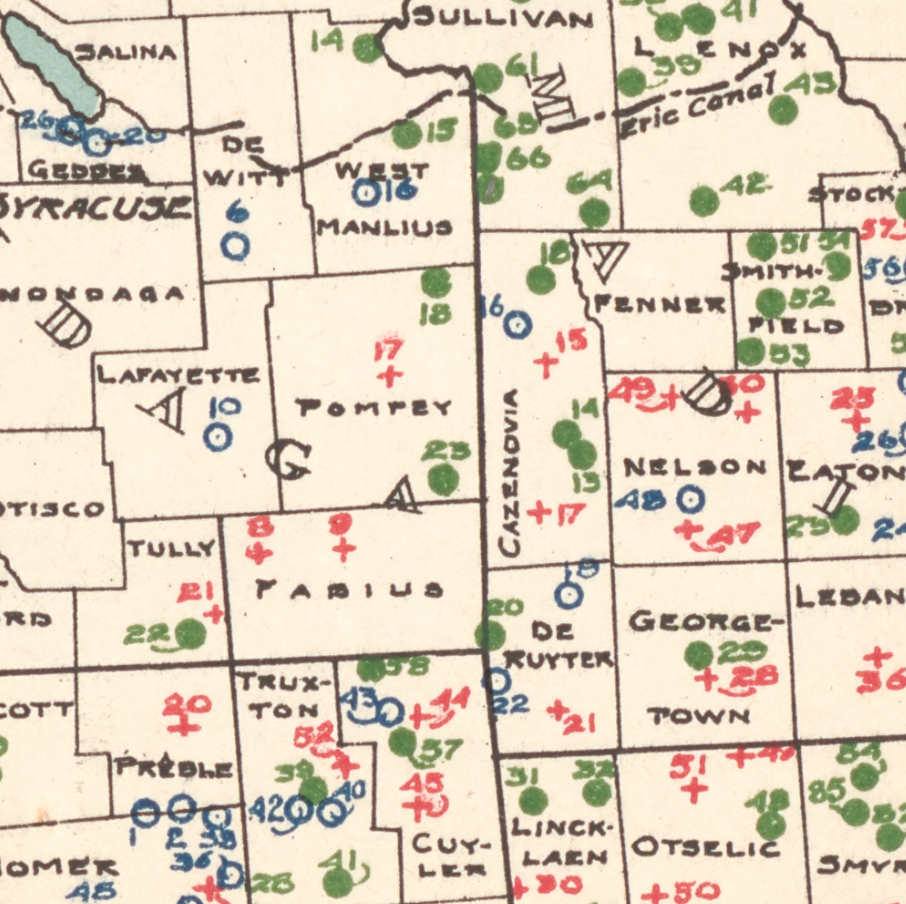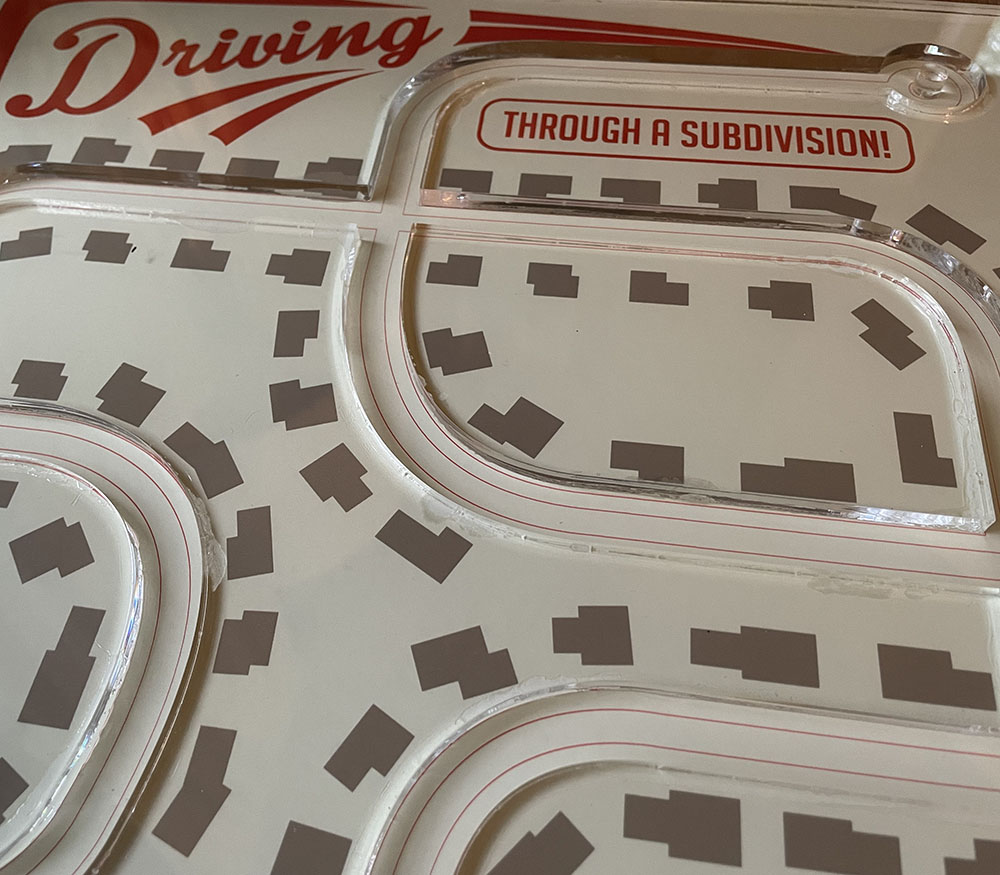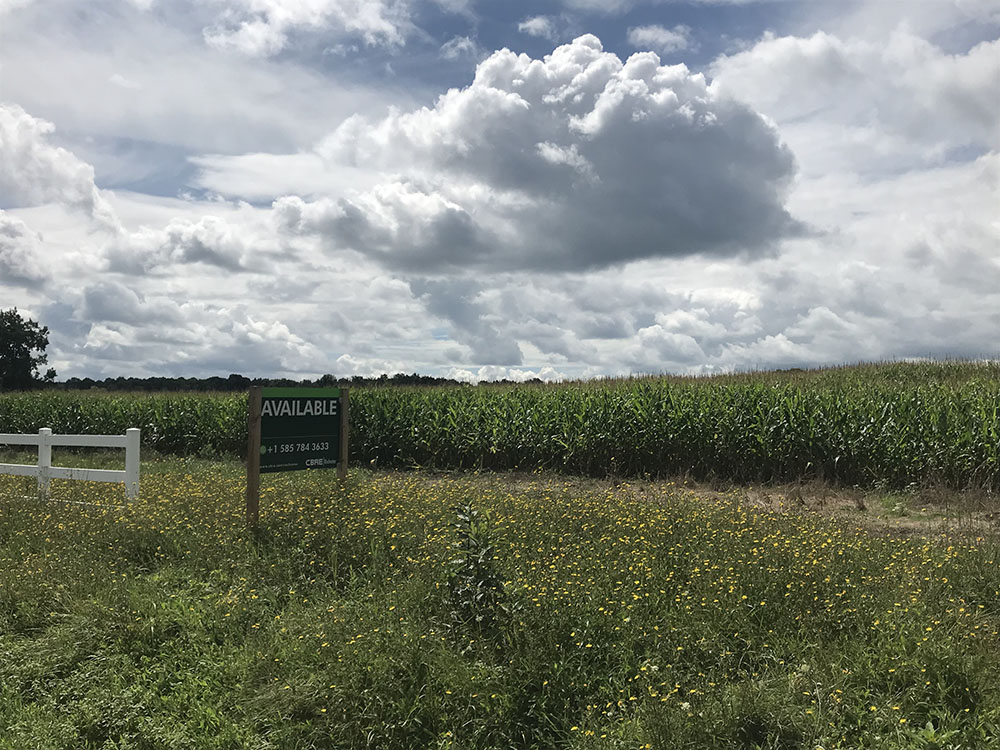
This Land
The Transformation of Rural Land and Communities
_________
Near my upstate New
York home and in my travels, I observe how landscapes have been transformed
over time – particularly those on the fringes of cities. Most notably, I see small
farms that sit on land that has now become too expensive for one family to own.
In turn these farms are often swallowed up by developments or mono-crop agriculture.
Our food continues to come to our tables from further away than it once did while
we lose any lasting connections to its source.
This multi-faceted exhibit, This Land, illuminates the connections between various aspects of this common story, as one topic points to another and brings to light yet another concern of the way land use continues to evolve. The rapidly fading numbers of family farms has resulted in the dying out of rural communities and the connections between growers and consumers.
This multi-faceted exhibit, This Land, illuminates the connections between various aspects of this common story, as one topic points to another and brings to light yet another concern of the way land use continues to evolve. The rapidly fading numbers of family farms has resulted in the dying out of rural communities and the connections between growers and consumers.
Housing developments replace
barns, pastures, and trees – the very things that once made the area appealing –
and its residents favor growing grass over food. A once sleepy rural road
becomes a highly trafficked thoroughfare. We tame and manicure what was once
wild with the use of chemicals, which further destroys vital habitats and
ecosystems in this story of loss.
Old, deteriorating barns in particular are especially mournful to me. They are a symbol of once better days of productivity. They represent years of hard work and way of life that was connected to the land and weather systems, which has now gone away. These visual remnants of another time can still be found today, but I wonder how the landscape will change in another 100 years or more? This Land calls on us to not only notice these changes but to consider the impact of our choices as we build communities of the future.
Exhibited October 7 – December 12, 2021
Ballator-Thompson Gallery, Hollins University, Roanoke VA
Exhibited March 3–26, 2023 at City Art Space, Rochester, NY
View the artist talk here >>
Old, deteriorating barns in particular are especially mournful to me. They are a symbol of once better days of productivity. They represent years of hard work and way of life that was connected to the land and weather systems, which has now gone away. These visual remnants of another time can still be found today, but I wonder how the landscape will change in another 100 years or more? This Land calls on us to not only notice these changes but to consider the impact of our choices as we build communities of the future.
Exhibited October 7 – December 12, 2021
Ballator-Thompson Gallery, Hollins University, Roanoke VA
Exhibited March 3–26, 2023 at City Art Space, Rochester, NY
View the artist talk here >>





